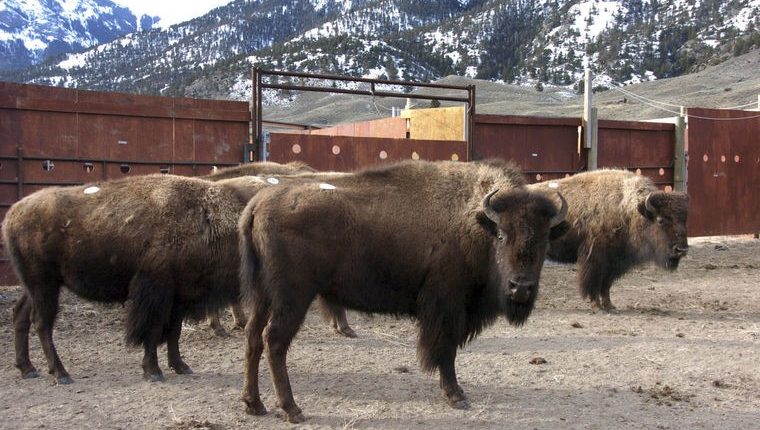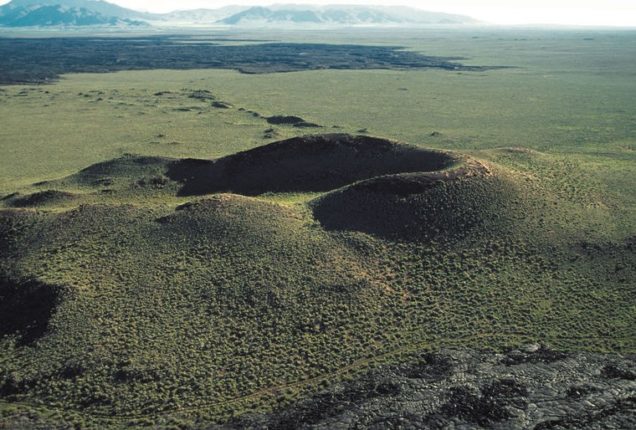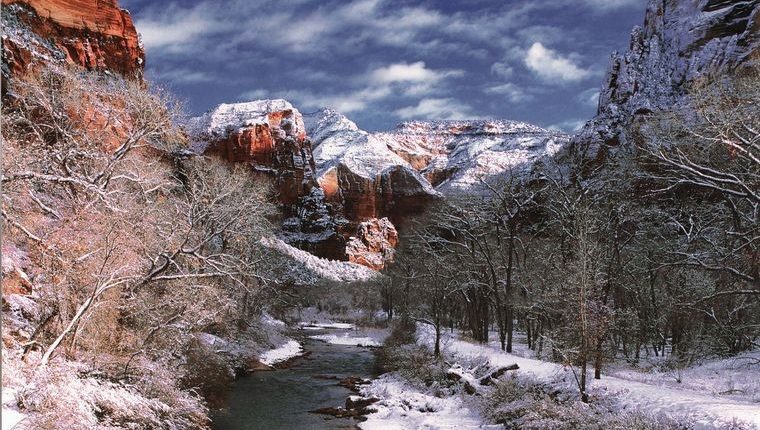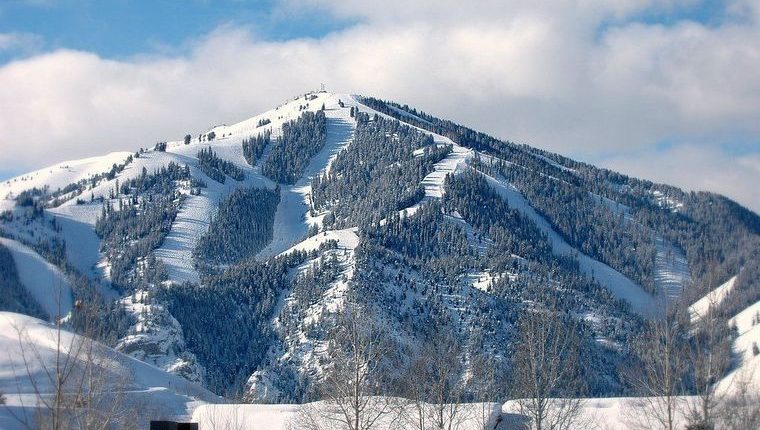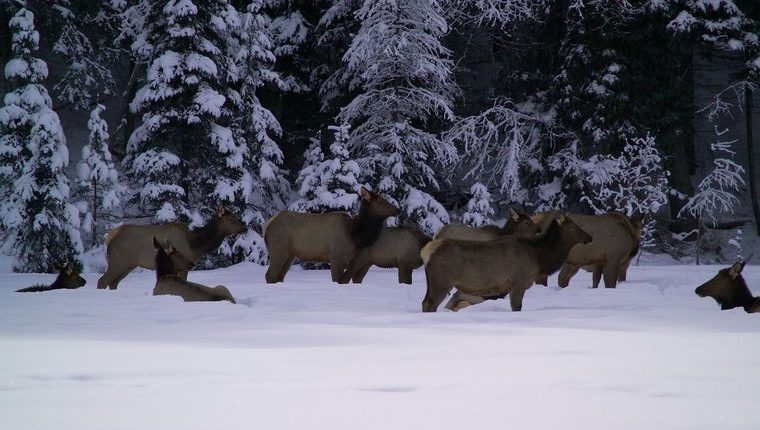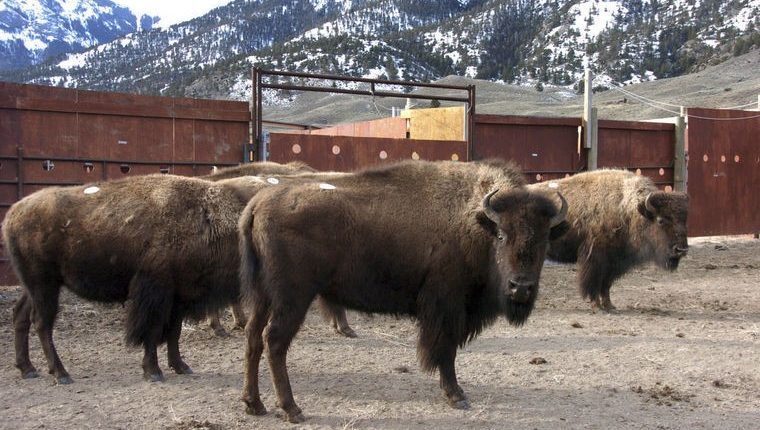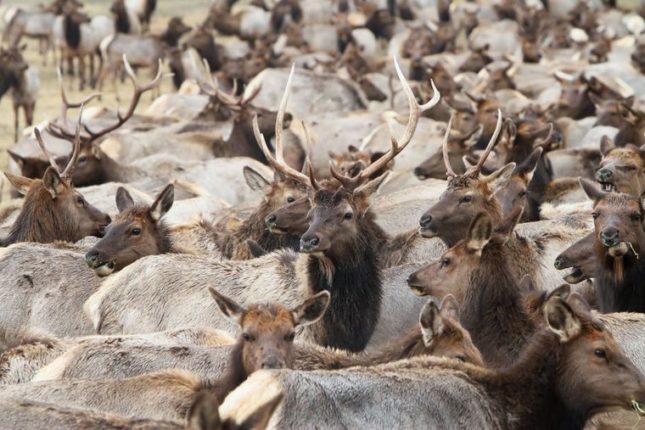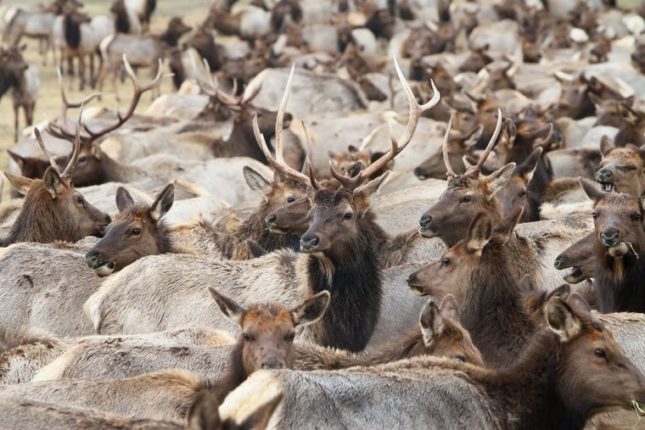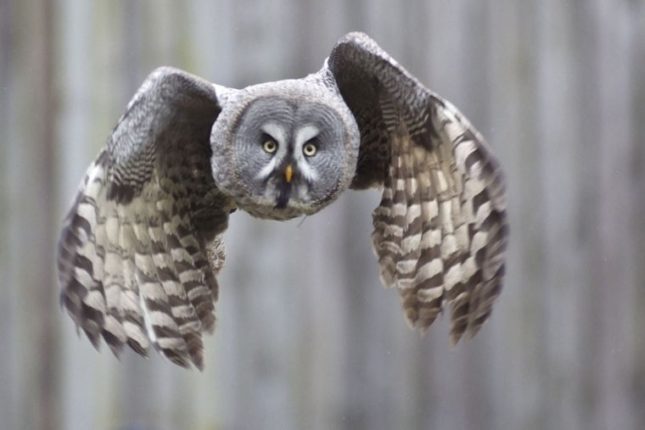JACKSON, Wyoming (AP) — There may be too many elk gathered at the National Elk Refuge in northwest Wyoming.
Potentially twice the desired number of elk are believed to be gathered right now, wolfing down alfalfa pellets, the Jackson Hole News & Guide reported .
The presumed overpopulation will be confirmed or debunked this week, when managers conduct the official count for the 24,700-acre U.S. Fish and Wildlife property north of Jackson.
Staff biologist Eric Cole estimates that the number right now is about 85 percent above the 5,000-elk goal.
“It’s obvious to me that we’re well above the 5,000 objective,” Cole said.
Given trends from recent years, the high refuge numbers were expected.
In winter 2014-15, 8,390 elk — the most in 17 years — were tallied during the refuge classification.
Last winter the number dipped by about 1,100. But nearly 1,400 elk were nearby, “wintering out” on the northern refuge and just to the east on the Bridger-Teton National Forest.
The Wyoming Game and Fish Department is in the process of counting elk elsewhere in Jackson Hole.
On Saturday, the state surveyed feed grounds up the Gros Ventre River drainage. As of Friday, feeders estimated 1,000 elk receiving hay rations in the Gros Ventre drainage. Managers’ goal for the Gros Ventre is 3,500 elk.
If the official Gros Ventre tally comes in at less than a third of that number, it will mark the continuation of a distribution problem that in recent years has resulted in proportionately way too many refuge elk.
A decade-old interagency federal plan setting the 5,000-elk goal calls for just 45 percent of the Jackson Elk Herd on the National Elk Refuge.
The number was devised to allow managers to forego supplemental alfalfa feeding during normal winter conditions, and in doing so reduce the spread of disease and bring the historic winter range closer to the natural condition. But in recent years, three-quarters of the herd, or more, has been gathered on or around the refuge.
